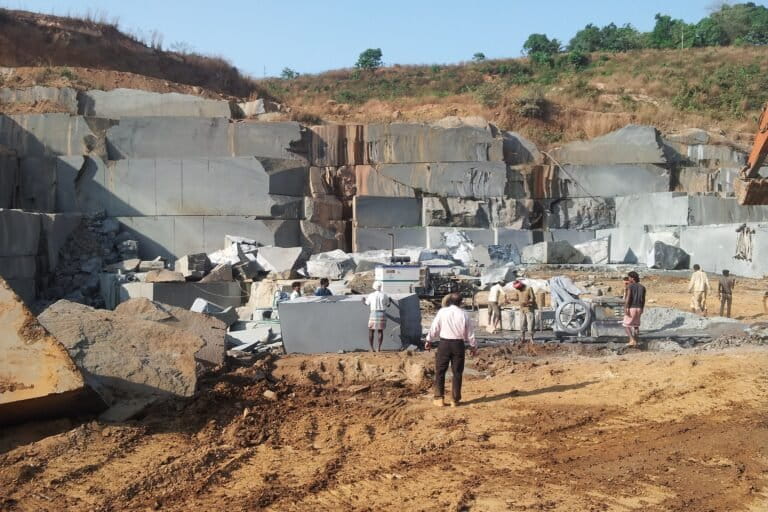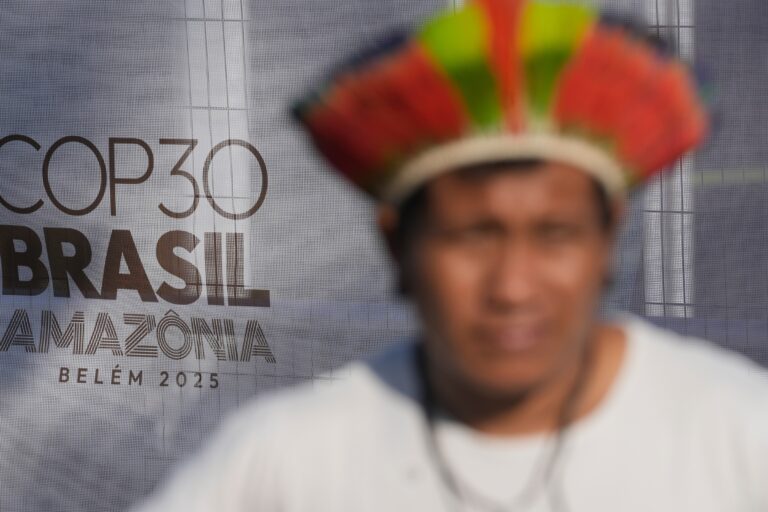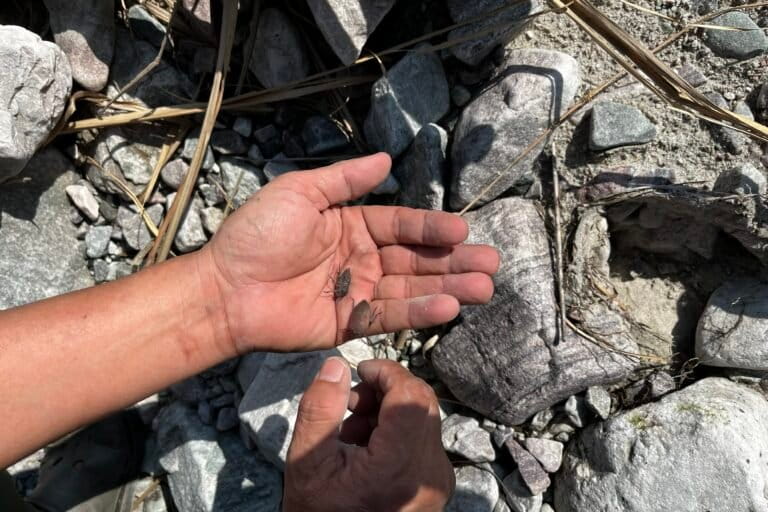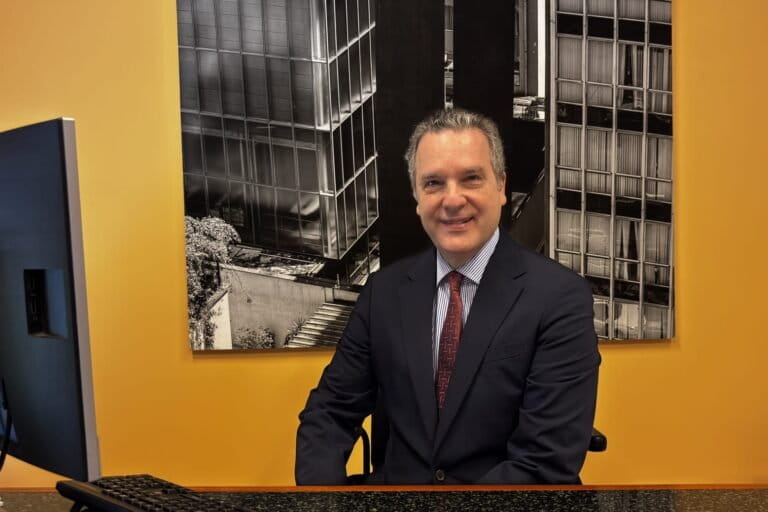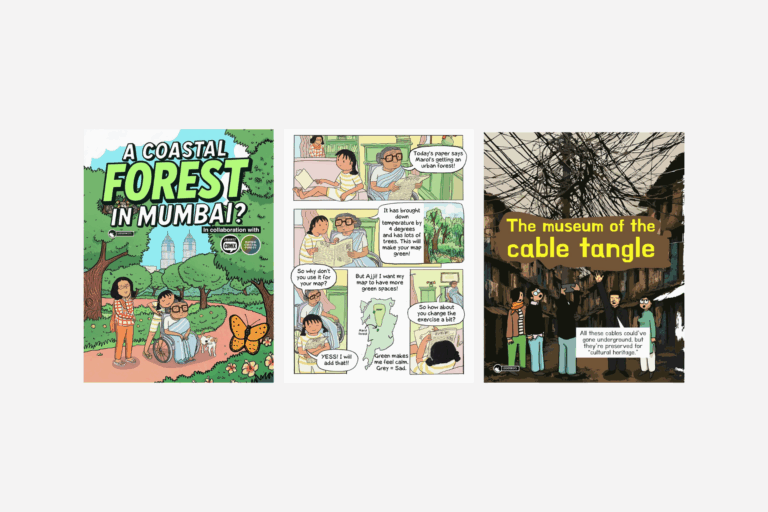- A team of conservationists is promoting the use of LPG among rural communities living in or near forests, to reduce their reliance on firewood and boost habitat and wildlife conservation.
- Firewood extraction by communities that inhabit the Cauvery and Malai Mahadeshwara Hills Wildlife Sanctuaries is leading to habitat degradation as well as health issues caused by toxic gases in biomass smoke.
- Almost all the 1084 families that the team worked with, has switched to the forest-friendly LPG, ultimately aimed at conservation gains in region. However, consistency in refills is yet to be achieved.
- From a sample of 296 families in two villages where the team has monitored firewood usage before and after LPG connections, a reduction of firewood usage by 77 percent in one village and 51 percent in another village has been recorded. The team is also monitoring health impact of the switch.
With an aim to reduce the pressure of firewood extraction in forest habitats, conservationists are encouraging forest-dwelling communities in the Cauvery and Malai Mahadeshwara Hills Wildlife Sanctuaries in Karnataka to switch to Liquified Petroleum Gas (LPG).
One of the reasons for habitat degradation along the edges of these forests is the demand for firewood by the rural communities who inhabit the region. Additionally, the usage of firewood is harmful too since biomass smoke has been found to contain toxic gases.
A seemingly simple solution is to enable such rural communities to switch to LPG and this is exactly the task which Sanjay Gubbi, a wildlife scientist and conservationist with the Nature Conservation Foundation and his team undertook. Going beyond government initiatives that provide subsidised LPG, Gubbi’s initiative, in addition to providing financial aid, adopted a handheld method to help households understand the harmful impacts of burning firewood, thereby ensuring that the switch to LPG sustained long after the first gas cylinder turned empty.
The Government of India initiative, the Pradhan Mantri Ujjwala Yojana was launched in 2016 wherein families living below the poverty line were provided with LPG connections at subsidised rates and payment in monthly installments on purchases of cooking stove and the first refill. One of the criticisms of the scheme, however, was that “Ujjwala beneficiaries are not coming for a refill at the same frequency as general LPG consumers,” noted a report by The Wire. And the reason attributed for the same is the fact that maintaining LPG connections cost more than firewood which can be obtained free-of-cost with a bit of effort.

Recognising that the switch to LPG cannot be sustained by providing financial assistance at the first instance alone, the team came up with a more thorough process which would eventually tie in with their wildlife conservation efforts.
Reducing firewood extraction for conservation
With financial assistance provided by the Integrated Tiger Habitat Conservation Programme (ITHCP), Gubbi and his team began working towards reducing wildlife habitat degradation in the Cauvery and Malai Mahadeshwara Hills Wildlife Sanctuaries which connect multiple protected areas to form one of the largest contiguous tiger habitats in the country.
“There has been a steady decline in forest cover in these areas in the past 10-15 years. And the spike, largely in 2010, depicts a greater period of greenness during the year due to lengthier rainfalls and doesn’t necessarily mean that forest cover has risen,” Gubbi said.
The team started talking to the villagers to primarily understand who is collecting firewood and from where. This formed the basis for household-level data which documented the reasons for firewood collection (mainly cooking and water heating), the amount of firewood collected per household per week and the kind of tree species collected.
“We found that 26 species of trees were being collected for firewood,” Gubbi said. “Of these, 18 are also consumed by wildlife such as elephants, gaur, sambar, axis deer, barking deer, four-horned antelopes, and sloth bears, some of which are threatened species.”
“Ecologically, it made sense for us to prioritise wildlife corridors, like the Doddasampige corridor which connects the Biligirirangaswamy Temple Tiger Reserve to the Malai Mahadeshwara Hills Wildlife Sanctuary which is used by wildlife when they move between large habitat patches or when they have to move to newer areas when their natal areas reach their maximum carrying capacity,” said Gubbi.
Communicating such priorities to the community was also important.
“We made it very clear from the start that our objective is wildlife conservation,” said Gubbi. “We wanted them to know that this scheme is dependent on a mutual commitment — we will provide the villagers with LPG stoves and they in turn have to commit to reduce extraction of firewood, not engage in poaching, etc.”
The commitment was cemented by way of written agreements between the team and the beneficiaries of the LPG scheme and the agreement also allowed for monitoring of firewood extraction before and after the implementation of the scheme.

The team began spreading awareness about smoke-inhalation related health concerns and highlighting the difficulties involved in gathering firewood as against the the simple usage of LPG stoves. Additionally, since LPG stoves rank higher in forest-friendliness than firewood, the ultimate aim of conserving the wildlife habitat in the region could also be fulfilled.
At the start, the team had also assessed on-ground sensitivities and this was achieved by way of street-theatre with lessons on limiting the collection of firewood aimed at larger conservation efforts. Such performances opened up conversations with local communities about the alternatives to firewood.
“We could also identify local leaders who are willing to work for the society with this activity,” Gubbi said. And this is how the team found points-of-contact within the village communities who later went on to be a part of the larger LPG-committee which today addresses household-level tasks like helping in bank account-opening processes, linking of Aadhar numbers with bank accounts to enable the receipt of subsidies, coordinating for LPG refills, etc.
Switching to LPG
“Who wants to use firewood anymore?” Chinnatamma, a beneficiary of the LPG scheme from Yerambadi asks in reply to a question about current firewood usage patterns and elaborates by drawing from an instance when a gas cylinder turned empty and she couldn’t bear the thought of having to use firewood for 2-3 days until a new cylinder could be obtained. “The winds were strong during that time… using firewood was difficult.”
“There are 70 houses in this village,” Mahadevamma, a beneficiary from Kokkabarre who is also a member of the gram panchayat and an active member of the LPG-committee said. “Everyone is using LPG now.”

“Us ladies used to form groups to go into the forests for firewood but it was difficult… the sun’s heat, the elephants,” Venkatamma said. She also notes that the process of using firewood for cooking purposes took a lot of time. “What took an hour before, only takes about 10 minutes now.”
“Nowadays we use firewood only for heating water for bathing purposes and for this, small amounts of dry wood are enough. We don’t have to cut down trees,” Venkatamma added.
“We started constructing this house about a year ago and around the same time, we got LPG,” Aarthi, a beneficiary from Nakkundi said. “So, we didn’t even build the cement structure needed for storing firewood for cooking purposes.”
The team also conducted a survey to assess the dependency on firewood on factors like the social and economic demographic of the community, the willingness to switch to LPG, etc.
From a sample of 2,673 households, the team found that an overwhelming majority – about 98 percent – preferred the changeover to LPG.
The scheme provided a family with an LPG stove, a hose, a regulator, a lighter and the first LPG cylinder. Additionally, the security deposit for the connection and the regulator was also provided. However, some beneficiaries noted the high costs associated with LPG refills.
“LPG stoves are easy to use but it’s expensive,” Rajamma and Bhagya, the beneficiaries from Tattekeredoddi said.
Aarthi and Gayatramma from Nakkundi also spoke of the high cost of LPG usage. “We are not working women… we sit at home all day,” they said. “Sometimes we think that in our free time maybe we can collect firewood and reduce the financial cost.”
To illustrate, the cost of the cylinder is Rs. 785 and the subsidy amount is Rs. 287 for the month of August 2018. The cost and consequently even the amount of subsidy, varies on a monthly basis. Some of the households which are located about 50-60 kms from the distributor are also required to bear the cost of home delivery which is about Rs. 1.50 per km.
However, such cost calculations shouldn’t be looked at in isolation noted Gubbi. “The time saved on cooking is utilised by womenfolk to work more in the agricultural fields which benefits them directly either through more wages earned or more productive work done in their own fields. In addition, women tell us that they are able to send their children to school on time, men go to work earlier and they do not have face risk from wildlife especially those that could cause serious damage such as elephants and large carnivores.”
“There are other tangible benefits such as avoiding walking in harsh weather conditions in rough terrains. And more importantly, the health of women would certainly improve by using the cook stoves rather than firewood,” Gubbi added.
Significant drop in firewood extraction
The team then tracked the progress of the scheme by looking at ecological, social and sustainability indicators — the forest cover of the area became the ecological indicator, health-related factors like lung function indicated the social factor and the LPG refill rate illustrated the sustainability factor.
Currently, from two villages where the team has monitored per capital usage of firewood pre and post provisioning of LPG connections, a reduction of firewood usage by 77 percent in one village and 51 percent in another village from a sample of 296 families has been noted. And the refill rate is at 19 percent, an increase from 16 percent in the last six months.
On the health front, the team tested the lung function of beneficiaries of the project before providing them with LPG stoves. “Studies have shown a causal link between high incidences of Acute Respiratory Illness, Chronic Obstructive Pulmonary Disease, asthma, visual impairment, lung cancer, and cardiovascular diseases and the use of firewood because burning firewood causes significant indoor air pollution,” Gubbi said. “These diseases impose a considerable health burden, especially on women.”

“There’s no doubt that the scheme is a good thing,” said Ganesha N, Project Coordinator who hails from a village within the M M Hills Wildlife Sanctuary. Ganesha co-ordinates between various families, LPG committees, LPG distributors, elected representatives and social leaders. “LPG stoves are useful to the villagers because they are easy to use” he added.
In essence, the scheme is a relationship between conservation, health and development each of which are a priority for the various stakeholders. For Gubbi and team, the aim is habitat recovery given that a major reason for loss of green cover around these villages is the extraction of forest biomass for firewood and fodder purposes. And the implementation of the LPG scheme along with a rigorous, ongoing assessment of its progress is a means toward ultimate conservation gains.
“Recently field studies in Sariska Tiger Reserve, home to graziers and farmers, have shown the critical importance of reducing biomass extraction in forests if the forest fauna is to be conserved,” said Dr. Ghazala Shahabuddin, Senior Scientist, Centre for Ecology, Development and Research (CEDAR), Dehradun and an ecologist who has worked extensively on the interface of human society and biodiversity conservation.
Speaking about the Western Ghats region, she noted, “Much of rural and suburban population in the Western Ghats is still dependent on fuelwood from forests, which is one of the important reasons for continuing degradation and shrinking of wildlife habitat. MM Hills Wildlife Sanctuary is no exception. Creating sustainable systems for the supply of LPG cylinders for household use will likely be critical in reducing extraction from forests in future.”
“Fuelwood substitution in forest villages is not easy by any means. Persuading poor people to spend on LPG when they have access to free fuelwood and developing supply chain in remote forest areas, are two critical constraints that have to be tackled. However once the numerous additional benefits: of reducing health problems caused by inhalation of noxious fumes, reducing interactions of collectors with wild animals, and liberating women from the drudgery of wood collection- substitution with LPG can become a win-win solution for all parties. Sustaining the interest of local people in these schemes also requires considerable hand-holding and follow-up activities,” she said, adding that if successful, Gubbi and team’s work could very well become a model for replication across the populated foothills of the Western Ghats, a zone of increasing local conflict with forests and wildlife.
Banner Image: Photo by Rishika Pardikar.








